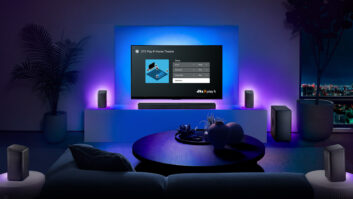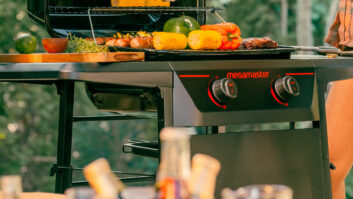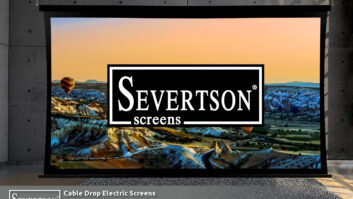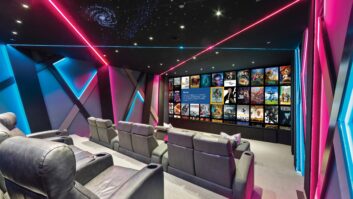Car stereo suppliers forgot their usual market-share battles at the two-day 12-Volt Summit, where the industry openly discussed problems and goals in an effort to boost consumer awareness by creating a unified marketing campaign or other promotion.
Close to 30 suppliers and technology companies, plus 20 retailers, met to tackle a growing problem: 30 percent of consumers cannot name a car stereo brand, and 25 percent can’t name a car stereo retailer, according to research presented at the Summit by Coyote Insight.
During the first day of presentations and discussions, suppliers and retailers spoke of an industry that had fractured into many product segments, from GPS to Bluetooth kits, and an audience that was shifting away from young male enthusiasts to a wider demographic.
Industry members questioned whether they should try to win back the youth market, educate the broader range of consumers, or both.
Keynote speaker Ken Schmidt, former communications director for Harley Davidson, told the industry to stop focusing on model numbers and technology. Part of Harley’s return from bankruptcy was that it supplanted its tag lines about horsepower and quality with ads focused on “Dreams, Passion, Freedom and Individuality,” he said.
Bill Matthies of Coyote Insight presented the state of the industry, from research gathered in June, which offered the bad news that awareness was down by one-third from a decade ago. The good news was that 6 percent to 11 percent of consumers are thinking about buying a car stereo aftermarket product. One-quarter of consumers do not believe the products are too expensive, even in the current economy, and one-third said they don’t know enough about the products to buy one, indicating that there’s room for growth with consumer education.
At times, Summit attendees lapsed into finger-pointing between manufacturers and retailers, but emerged at the end of the first day with hopes for finalizing an action plan on Day 2 (see www.TWICE.com for an update).
Some retailers said they no longer advertise to young people, but instead target the 25-plus crowd, since the young kids tend to make their purchases online — a strategy almost unheard of three years ago.
Alpine marketing VP Steve Witt said his company was in the midst of determining which demographic to target.
Schmidt, in presenting Harley’s turnaround story, noted that in the late 70s, the company’s product quality had disintegrated; its dealer’s shops were rundown and four Japanese rivals were selling better and cheaper bikes. Even after improving quality, customers distrusted the brand. Then Harley began offering test rides (it had nothing to lose in lawsuits because it was in dire financial straits anyway) and talking to the test riders, said Schmidt. It starting selling the accessories that customers asked for, and it opened two state-of-the-art “test stores” that were so successful, the retailers paid to upgrade their shops.
He told the Summit attendees, “One big ad campaign won’t kick this all into gear. The one thing that will fix everything doesn’t exist unless you have $900 million to spend on advertising like Nike.”
Instead, he said, Harley found a way to “delight” people by making them feel good about themselves, by giving them bragging rights by owning a Harley.
Larry Rougas, marketing and product planning VP for Pioneer, said of the first day: “The enthusiasm and the engagement of the participants” was “beyond my expectations.” When asked if suppliers would be willing to fund an industrywide campaign, Rougas said, “We are all very cognizant of the fact it’s going to take some financial resources.”













